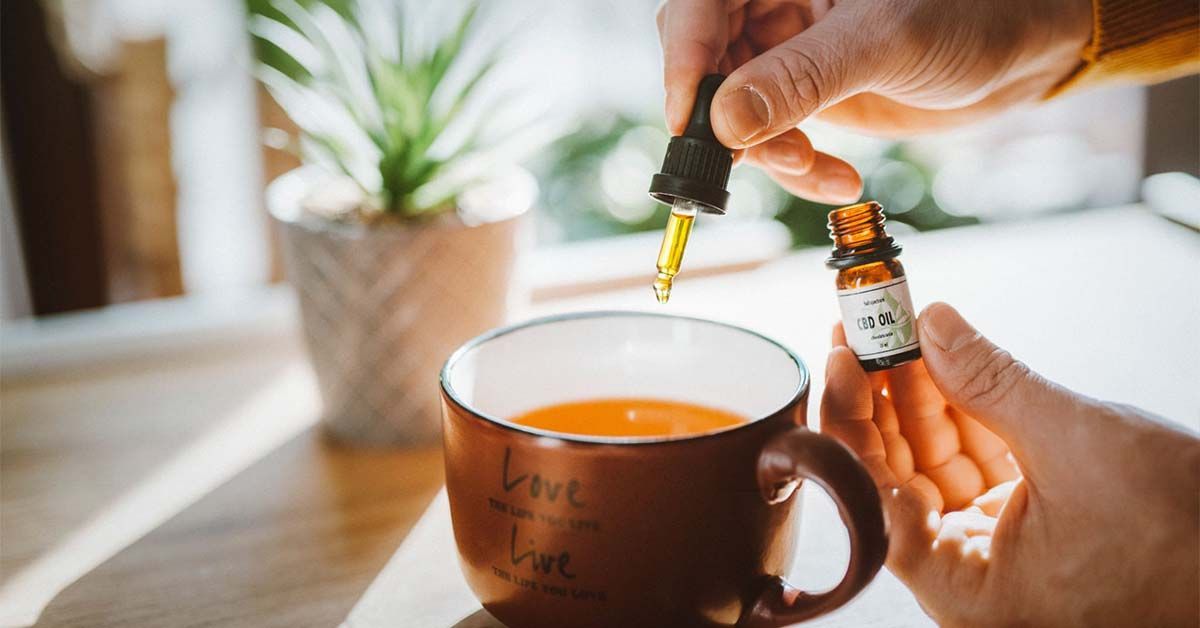Nearly 3% of Healthy Adolescents use Commercial CBD Products, Study Finds
Results offer new insights into CBD use in minors; they also show how much we still don’t know
Story by:
Published Date
Story by:
Topics covered:
Share This:
Article Content
Since cannabidiol (CBD), the non-intoxicating component of cannabis, was legalized in the United States by the 2018 Farm Bill, products containing the compound have flooded the consumer health sector. While there is a single FDA-approved medication containing CBD which can be used to treat rare forms of epilepsy, evidence for the efficacy of commercial CBD products, which generally contain low doses of CBD, is limited. However, this has not stopped their widespread and growing use.
Now, a new study published in Cannabis and Cannabinoid Research reveals that nearly 3% of healthy adolescents aged 11-15 have used commercial CBD products for medicinal or health-related reasons. The study, led by Natasha Wade, Ph.D., assistant professor in the Department of Psychiatry at UC San Diego School of Medicine, is the first to investigate the prevalence and predictors of commercial CBD use in young, healthy adolescents.
"While this study documents that about 3% of young teens have been given CBD for medicinal reasons, we believe this is likely an underreport," said Wade. "Parents might not be comfortable saying they're giving CBD to their kids, even though they're trying to help them."
The new study analyzed data from more than 11,000 participants in the Adolescent Brain Cognitive Development (ABCD) Study, a large, longitudinal study of healthy adolescents in the United States. The researchers found that 2.8% of participants had used commercial CBD products, with the most common methods of administration being oil/tincture, topical/transdermal, and edible/capsule/pill. None reported prescription CBD use.
The study also identified several predictors of commercial CBD use, including older age, having parents with some college education, and certain health conditions, such as sleep problems, mental health symptoms, and physical pain. Additionally, the researchers found that youth with more lenient parental attitudes towards cannabis use were more likely to use commercial CBD products.
The researchers also found that, for a subsample of teens that had undergone hair toxicology testing, 23% of participants who used CBD products had THC in their hair, suggesting that some parents may be unknowingly giving their kids CBD products that contain THC. Wade noted that the study's findings raise concerns about the chemical content of commercial CBD use in adolescents.
"This highlights the need for regulation of CBD products to ensure that the products contain what the labels claim," said Wade.
In response to the study's findings, Wade and her team are now working on a broader online survey to investigate why parents are giving CBD to their kids and whether it is effective in treating their conditions. "We need to know why parents are giving CBD to their kids, and if they think it's actually working," she said.
The study's authors also emphasize the importance of clinicians asking about CBD use in their patients and parents being open about their use of CBD products.
"We know very little about what CBD effectively treats in youth, and at what doses. There are also some adverse effects associated with CBD use. The goal of any medical treatment is to ensure the health and well-being of the child, so talking with doctors is essential to make sure the best decisions can be made for each child"
"We know very little about what CBD effectively treats in youth, and at what doses,” said Wade. “There are also some adverse effects associated with CBD use. The goal of any medical treatment is to ensure the health and well-being of the child, so talking with doctors is essential to make sure the best decisions can be made for each child."
Co-authors of the study include: Tam T. Nguyen-Louie, Alexander L. Wallace, and Susan F. Tapert at UC San Diego School of Medicine, and Ryan M. Sullivan at University of Wisconsin-Milwaukee.
This study was supported by the National Institute on Drug Abuse (DA050779), the National Institutes of Health (U01DA041048, U01DA050989, U01DA051016, U01DA041022, U01DA051018, U01DA051037, U01DA050987, U01DA041174, U01DA041106, U01DA041117, U01DA041028, U01DA041134, U01DA050988, U01DA051039, U01DA041156, U01DA041025, U01DA041120, U01DA051038, U01DA041148, U01DA041093, U01DA041089, U24DA041123, U24DA041147), and the National Institute of Mental Health (T32 AA013525).
Disclosures: the authors declare no competing interests
Stay in the Know
Keep up with all the latest from UC San Diego. Subscribe to the newsletter today.




